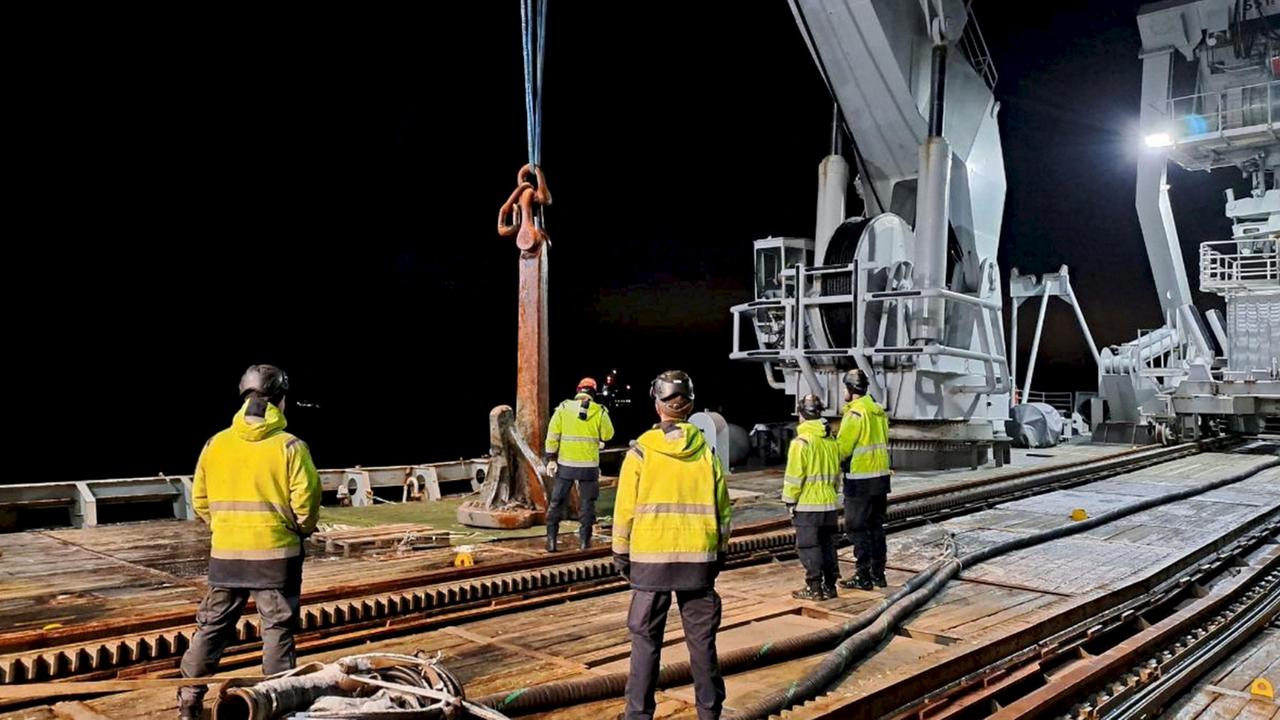At the end of December, Finland confiscated the “Eagle S”. The ship is suspected of having damaged several cables in the Baltic Sea with its anchor. However, when the tanker was arrested, the anchor was missing. Now he has been found.
The anchor of the oil tanker “Eagle S”, suspected of sabotage, has been recovered from the bottom of the Baltic Sea. This was reported by the public broadcaster Yle, citing the Swedish Navy. Accordingly, the Finnish authorities recovered and confiscated the anchor with the help of a special Swedish ship.
Finnish police confirmed the anchor had been recovered. The NBI investigative agency said the location was along the route of the seized “Eagle S” towards the western end of a tow track. The anchor is now being examined forensically. There was no statement from the operator of the “Eagle S”.
Police are investigating possible sabotage
On Christmas Day, a power line running between Finland and Estonia was damaged in the Gulf of Finland. Damage was also found on four communication cables, including the C-Lion1 fiber optic cable between Helsinki and Rostock, which had already been damaged in a similar incident in November. The latter cable has now been repaired, as the network operator Cinia announced.
Shortly after the incidents, the “Eagle S” was stopped by the Finnish authorities, confiscated and taken to an anchorage east of Helsinki. She is suspected of intentionally causing the damage with her anchor by dragging it across the seabed. However, the anchor was missing when authorities secured the ship. The Finnish criminal police have opened sabotage investigations and, among other things, issued travel bans against crew members.
EU: “Eagle S” part of the Russian shadow fleet
According to the assessment of the EU and Finnish authorities, the “Eagle S”, registered in the South Pacific Cook Islands, belongs to the Russian shadow fleet. This refers to tankers and other cargo ships that Russia uses to evade sanctions following its invasion of Ukraine, for example when transporting oil.
Since the Russian war of aggression against Ukraine began in February 2022, several components of the telecommunications infrastructure in the Baltic Sea have already been damaged. Experts assume that this is due to hybrid attacks by Russia. This refers to covert attacks by state or non-state actors that often cannot be solved.




